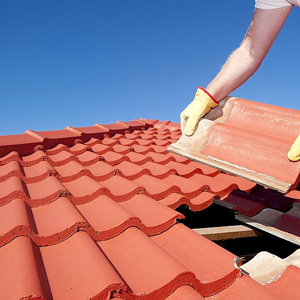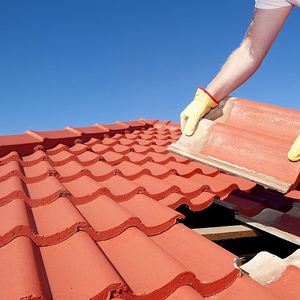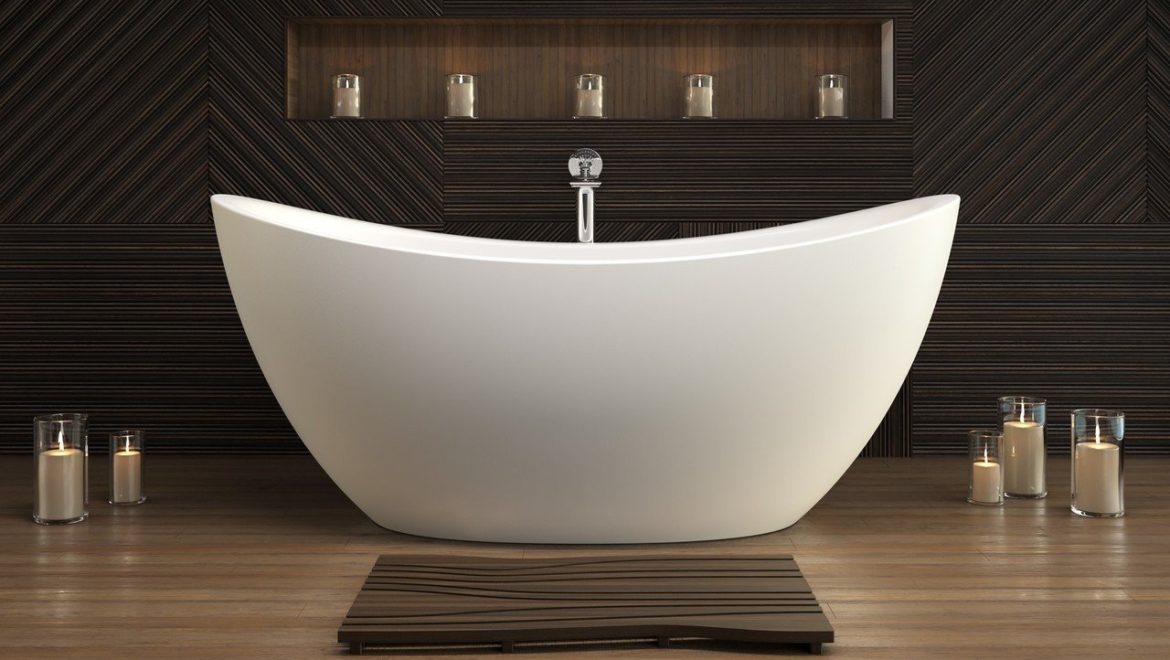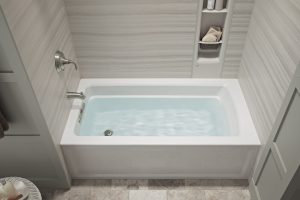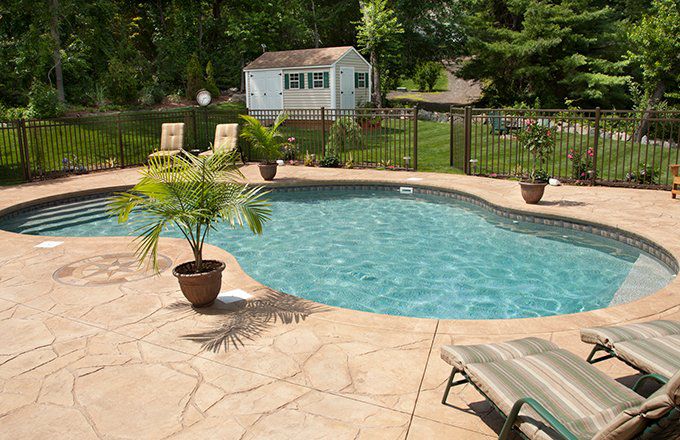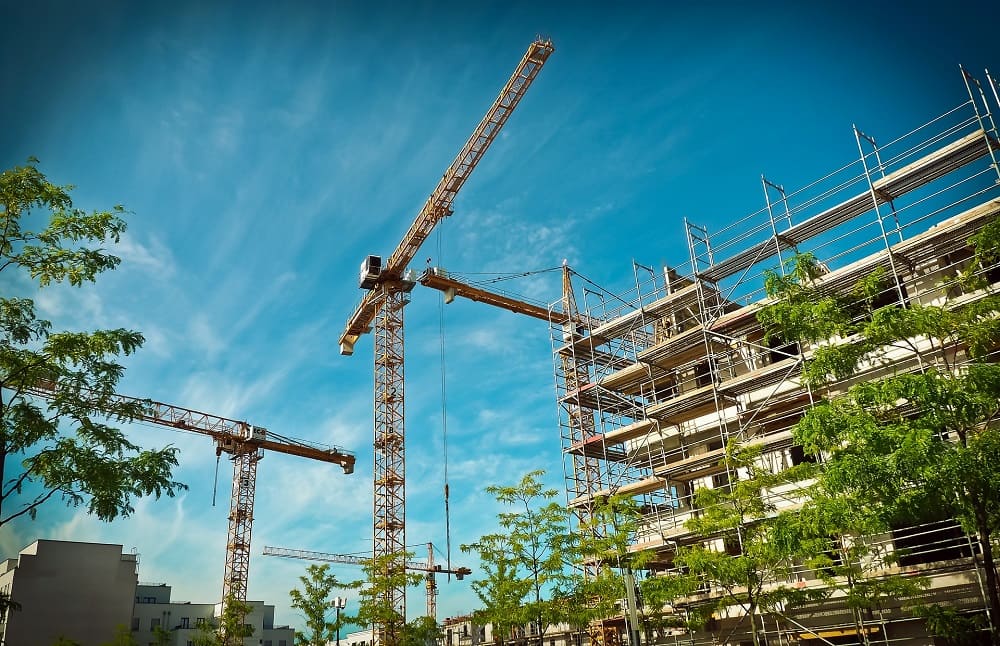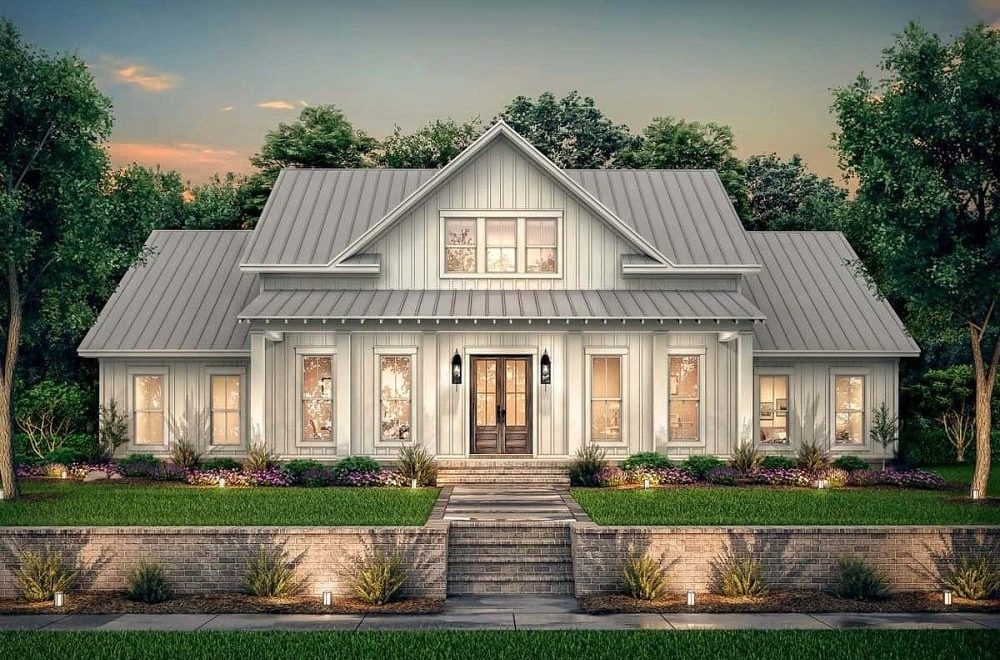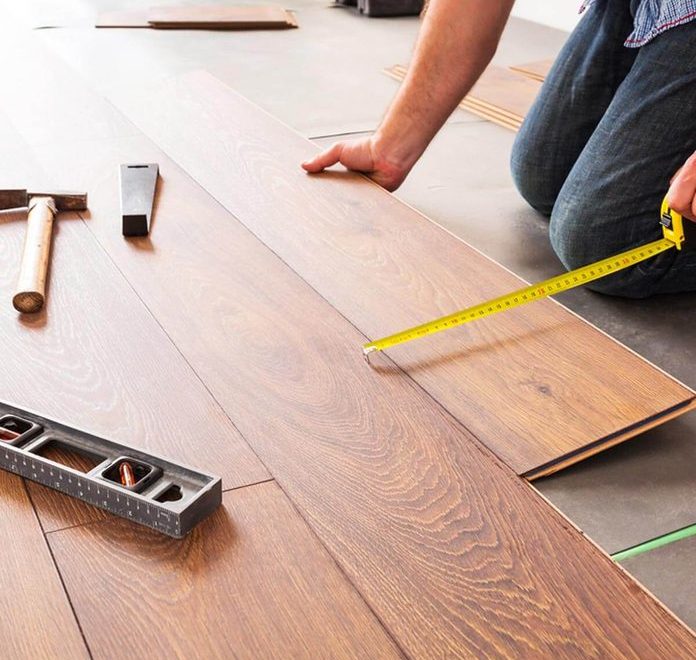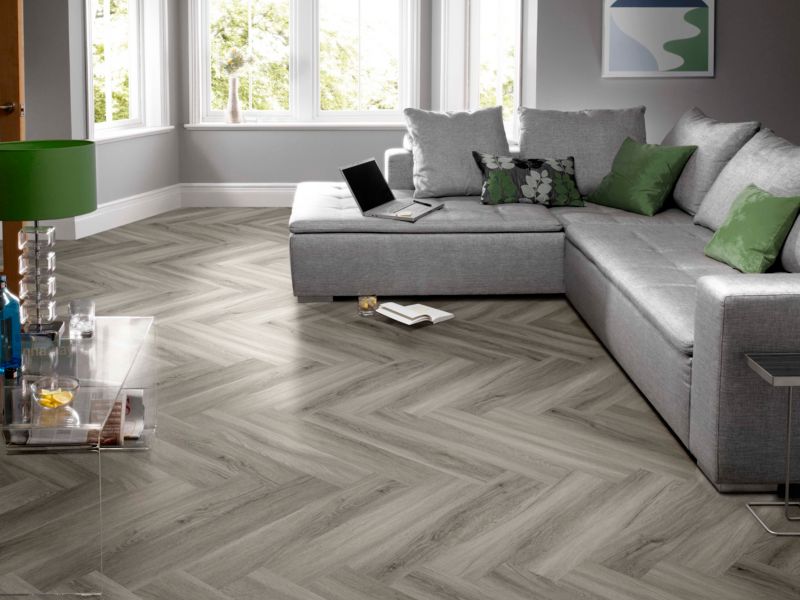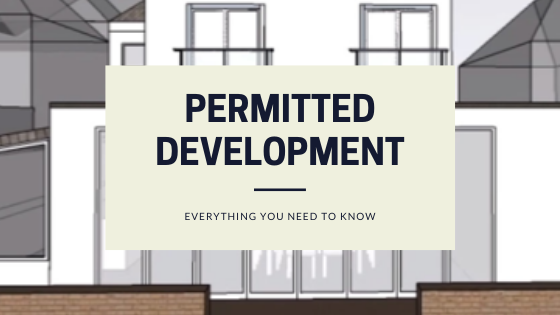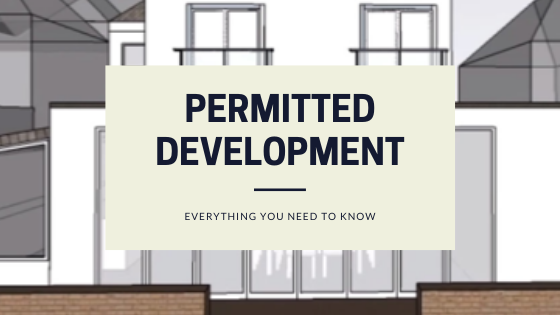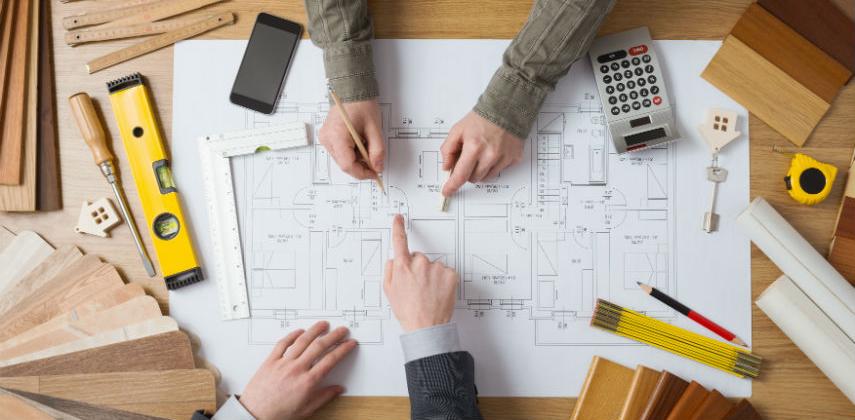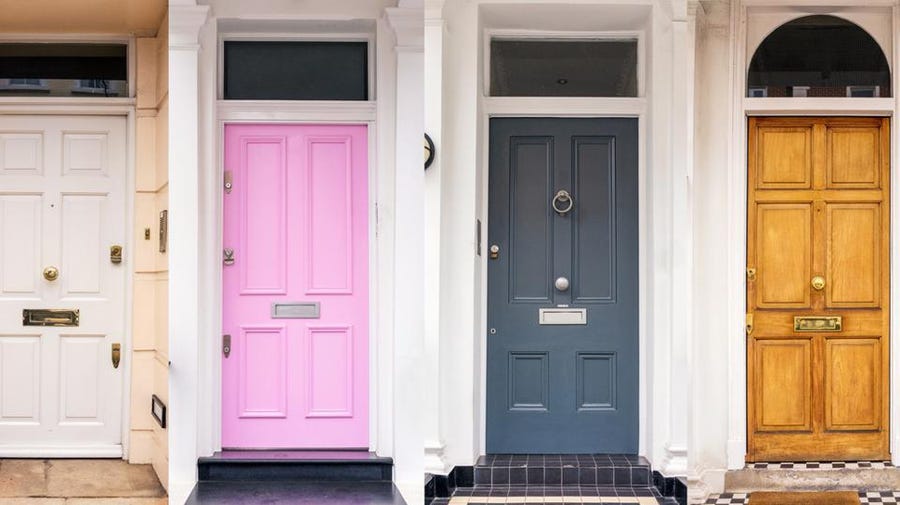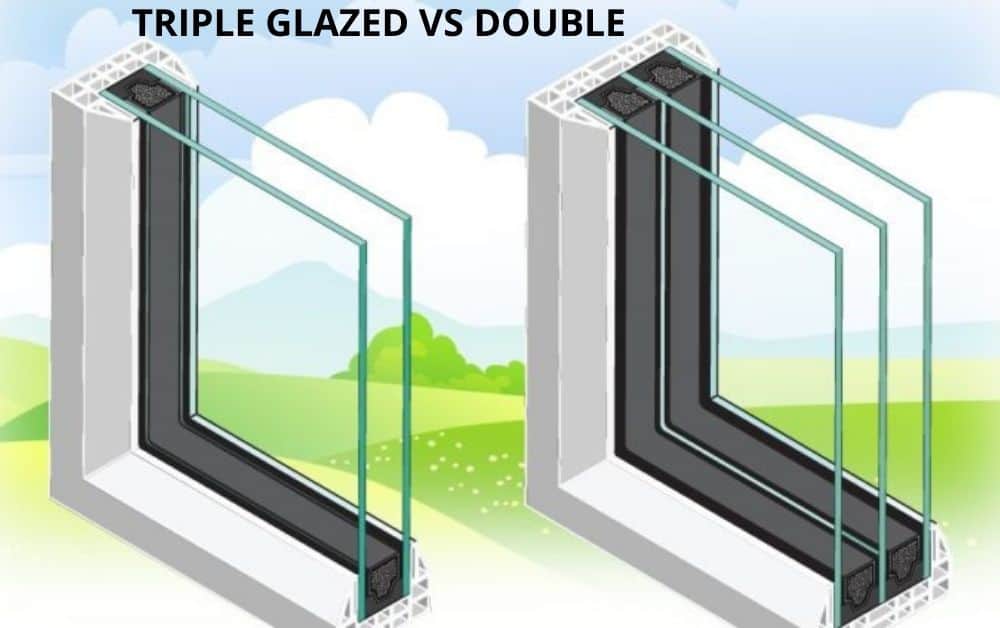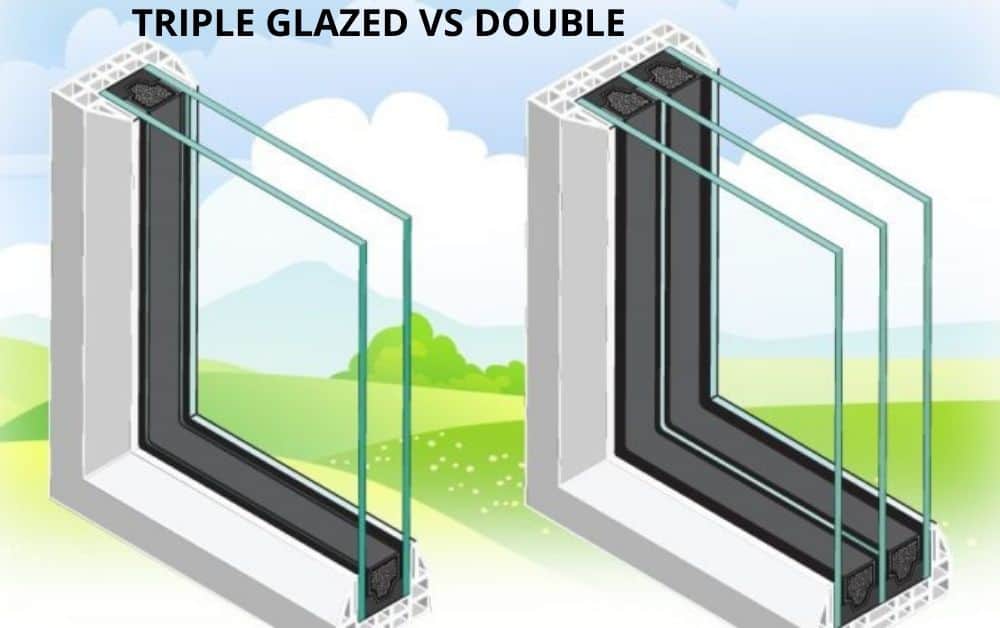Roofing Materials: Simple And Easy
What are the main roofing materials in the UK?
- Slate roof
- Concrete roof
- Clay roof
Slate tiles
Slate roofing materials lasts more than 100 + years. It won’t burn, its waterproof and resists Mold and fungus. Slate is effective in wet climates but is expensive, heavy and may be easily broken when stepped on.
Clay tiles
Roof tiles made from clay can withstand damage from winds up to 130 miles per hour, earthquakes, hurricanes and tornadoes. Clay tiles are also known as Spanish tile roofs. These tiles are a good choice for your roof as they are durable and long-lasting tiles but they are extremely heavy meaning your roof may need to be reinforced to support the additional weight.
Concrete tiles
Concrete tiles last the life of the structure, fire resistant and weather resistant. These tiles are a good choice for roofing materials as they are very durable.
Frequently asked questions about these roofing materials
Are slate roofs expensive?
Yes, slate roofs are one of the most durable and longest-lasting roofing materials on the market.
Are clay tiles eco-friendly?
Clay tile roofs are eco-friendly because they are made from natural earth minerals that can be recycled.
Are concrete tiles cheaper than slate?
Concrete tiles tend to be cheaper than slate.
Are slate roofs expensive?
Yes, slate is one of the most expensive roofing materials.
How do I maintain a slate roof?
Cleaning the gutters around 3-4 times a year. You should get professionals to inspect the roof for any damage around once every 10 years.
How long does clay roofs last?
80-100 years old
What is the life of concrete tiled roof?
Normally, a concrete tiled roof can last as long as 50 years.
Is a clay tiled roof waterproof?
Clay tiles are waterproof, fire resistant and wind resistant.
Can you walk on slate roof?
Slate is hard-wearing and durable but it can easily crack if under too much pressure. Professionals use hook ladders, jacks and planks on slate roofing, which allows them to walk across the roof without putting weight on the slate and damaging it.
